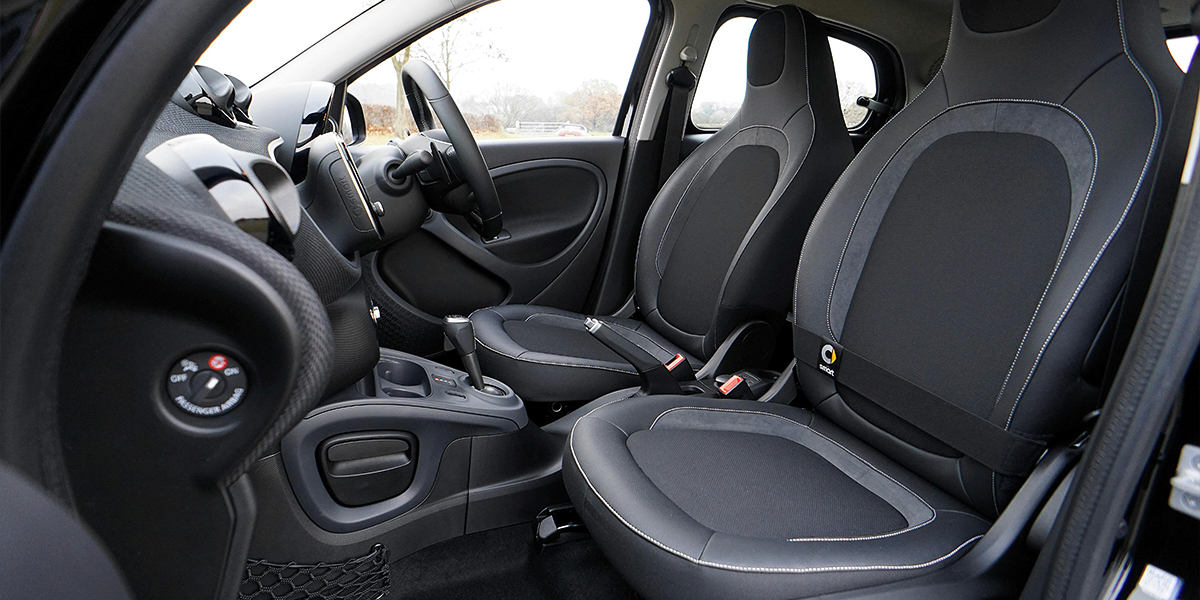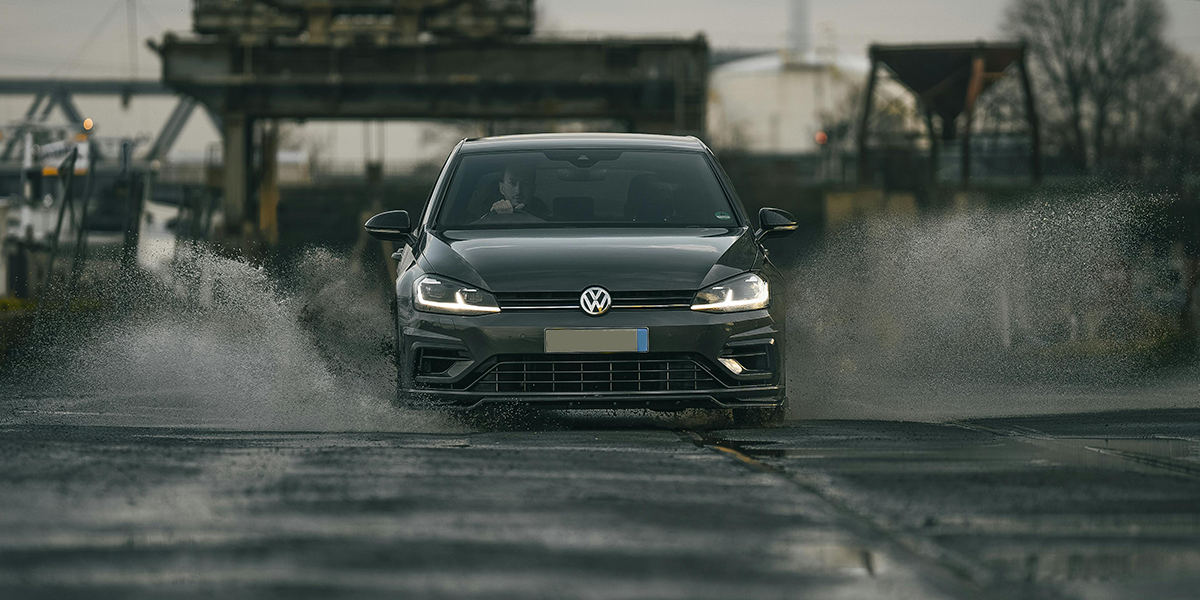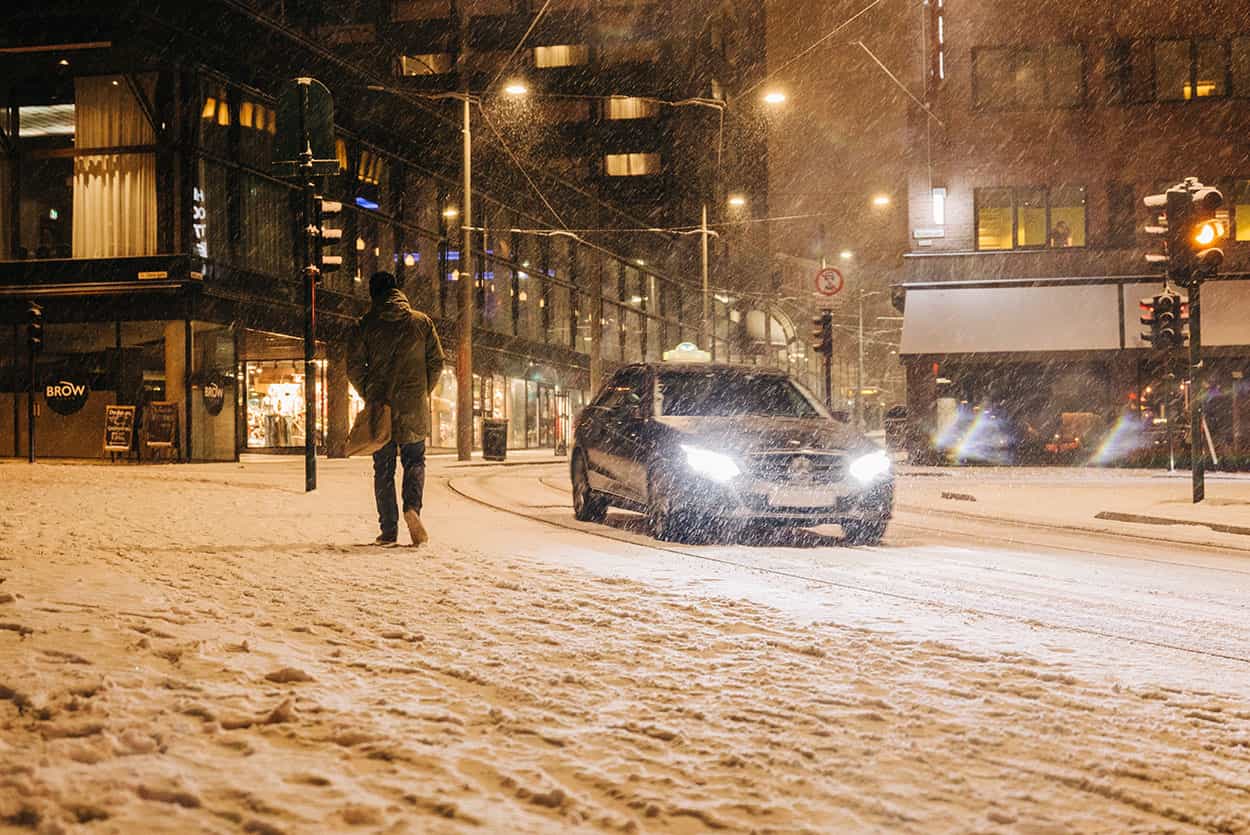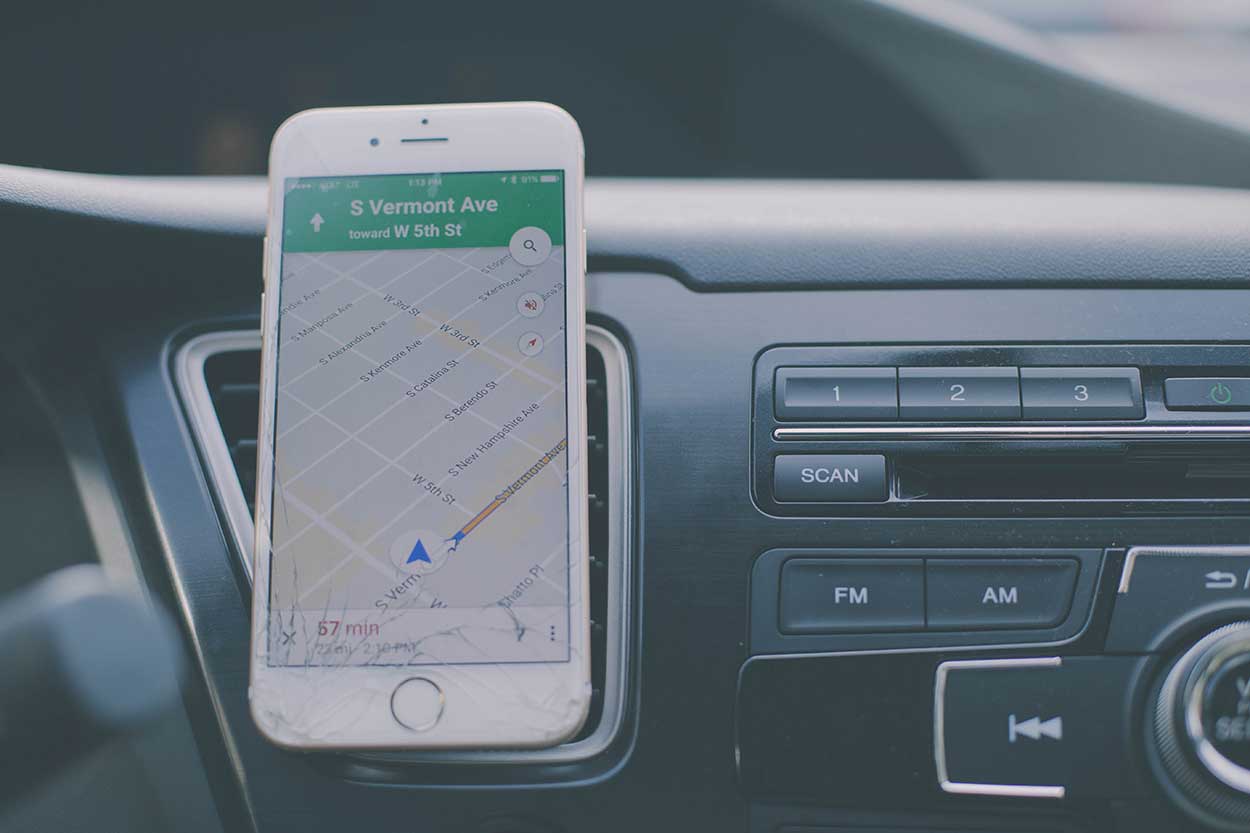A clean car interior isn’t just about vanity. It's about improving the comfort of your vehicle and retaining as much value as possible. A car is one of the biggest investments the average Brit makes, so it makes sense to keep your asset in the best possible nick. Plus, a car that’s spick and span makes every mile travelled more enjoyable, whether it’s the daily commute or a leisurely drive through the countryside.
The devil is in the detail when it comes to how to clean fabric car seats and leather upholstery, which is why we’ve put together a hands-on guide covering everything you need to know about maintaining both materials.
The benefits of cleaning your car seats
Whether you own a luxury SUV like the Porsche Cayenne or a family-friendly workhorse like the Dacia Jogger, clean seats are a cornerstone of car maintenance. Here’s why regularly cleaning your car seats matters:
Extend the lifespan of your interior
No matter how careful you are, car upholstery is subject to everyday wear and tear. Dirt, dust and spills can degrade both leather and fabric seats, while factors like pets and kids can supercharge the damage. Regular cleaning helps protect the materials and ultimately, extend the lifespan of your seats.
Maintain vehicle value
First impressions matter when it comes to selling cars. A well-maintained interior with clean seats can command a higher price on the market and make your vehicle more attractive to potential buyers.
Enhance the driving experience
No matter what model you drive, a clean interior makes your experience behind the wheel more enjoyable. From short drives to longer road trips, clean seats ensure your journey is a 10/10 every time.
Prevent health issues
Car seats can harbour allergens, mould, bacteria, viruses and other nasties, especially if food spills and moisture aren’t addressed. This can trigger everything from respiratory issues to skin irritations. A good cleaning routine helps improve air quality in your cabin and ensures your seats are free from contaminants.
Keep the ‘new car’ smell
That coveted ‘new car’ smell doesn’t have to fade over time! Properly cleaning your seats can help keep your car feeling fresh for longer.
Boost personal pride
A clean car instantly boosts the personal pride you have in your vehicle. It can even influence how others perceive you both professionally and personally.
Cleaning fabric car seats
Fabric seats are known for their durability and comfort but can be a magnet for dust and stains. Here’s how to clean fabric car seats like a pro in four easy steps:
1. Vacuum thoroughly
Start by vacuuming the seats to lift loose dirt, dust, crumbs and other debris. Use a soft brush attachment to protect the fabric, and don’t forget the crevices where dust accumulates.
2. Choose and test your cleaning solution
Next, it’s time to get stuck in with a good cleaning solution. Opt for a commercial car upholstery cleaner or make a DIY solution of warm water, a few drops of dish soap and some vinegar. Test the product on a small, inconspicuous area before applying. Once you’re sure it doesn’t cause any discolouration, you can proceed. Apply the cleaner using a spray bottle to avoid soaking the seats, which can slow down the drying process and lead to mildew.
3. Scrub gently
Using a soft-bristled brush, gently scrub the fabric to loosen any embedded dirt. Don’t scrub too hard, as this can damage the fibres and fast-track issues like fading and ripping.
4. Wipe and dry
The final wipe and dry is one of the most important steps to know when learning how to clean fabric car seats. After scrubbing, wipe the seats with a clean, damp microfiber cloth. This will remove any soap residue. Let the seats air-dry with the windows down to ensure no moisture is trapped inside the car.
Cleaning leather car seats
Leather seats add a touch of luxury to your vehicle but require careful handling to keep them in tip-top condition. Here’s how to clean leather seats in a car:
1. Vacuum first
As with fabric seats, start by vacuuming leather seats to remove any surface dirt or particles. Use a soft brush attachment to prevent scratches and make sure to get into the seams where crumbs and dirt can hide.
2. Clean with a suitable leather cleaner
Using a specialised cleaner helps maintain the integrity of natural materials like leather. Spray the cleaner onto a microfiber cloth rather than directly on the seats to avoid over-application. Then, wipe the seats gently to clean the surface, using a circular motion for tougher stains.
3. Condition the leather
After cleaning, apply a leather conditioner. This step is vital in how to clean leather seats in a car, as it helps keep the leather soft and prevents cracks, tears and damage from wear and tear. Apply the leather conditioner with a soft cloth, using circular motions to achieve even coverage and absorption.
4. Buff and dry
Finally, buff the seats with another clean microfibre cloth to bring out the shine and remove any excess conditioner. Let the leather dry completely, ideally out of direct sunlight. You should also steer clear of heat sources like hairdryers, which can cause the leather to fade and crack.
Tips for maintaining car seats
Whether your car features fabric or leather seats, these universal tips will help keep your interior looking sharp.
Regular maintenance: Clean your car seats regularly to avoid the buildup of grime and stains. For fabric, a monthly clean is advisable. Leather should be cleaned and conditioned every three months.
Immediate spot cleaning: Address spills and stains immediately to prevent them from setting in. Like with clothing, always blot stains first rather than rubbing them.
Avoid direct sunlight: Where possible, park your car in the shade or undercover to protect the interior from UV damage. Sun shields on the windscreen and side windows can also help.
Clean seats not only enhance the overall look and feel of your vehicle but also help maintain its market value and extend the life of its interior. Whether fabric or leather, a little care goes a long way in keeping your car’s interior pristine.
Refresh your ride with My Car Credit
You don’t need to drive an ultra-luxurious model to enjoy a well-appointed interior. From best-selling superminis like the Vauxhall Corsa to sporty saloons like the BMW 3 Series, My Car Credit helps UK drivers slide into the driver’s seat of their dream car.
Our car finance calculator makes it easy to work out what you can afford with estimated monthly payments.
Rates from 9.9% APR. Representative APR 10.9%
Evolution Funding Ltd T/A My Car Credit
Require more help?
Got a question you can’t find the answer to, or need some advice and guidance around taking out car finance? Our Car Credit Specialists are friendly, experienced, and here to help so get in touch today!








